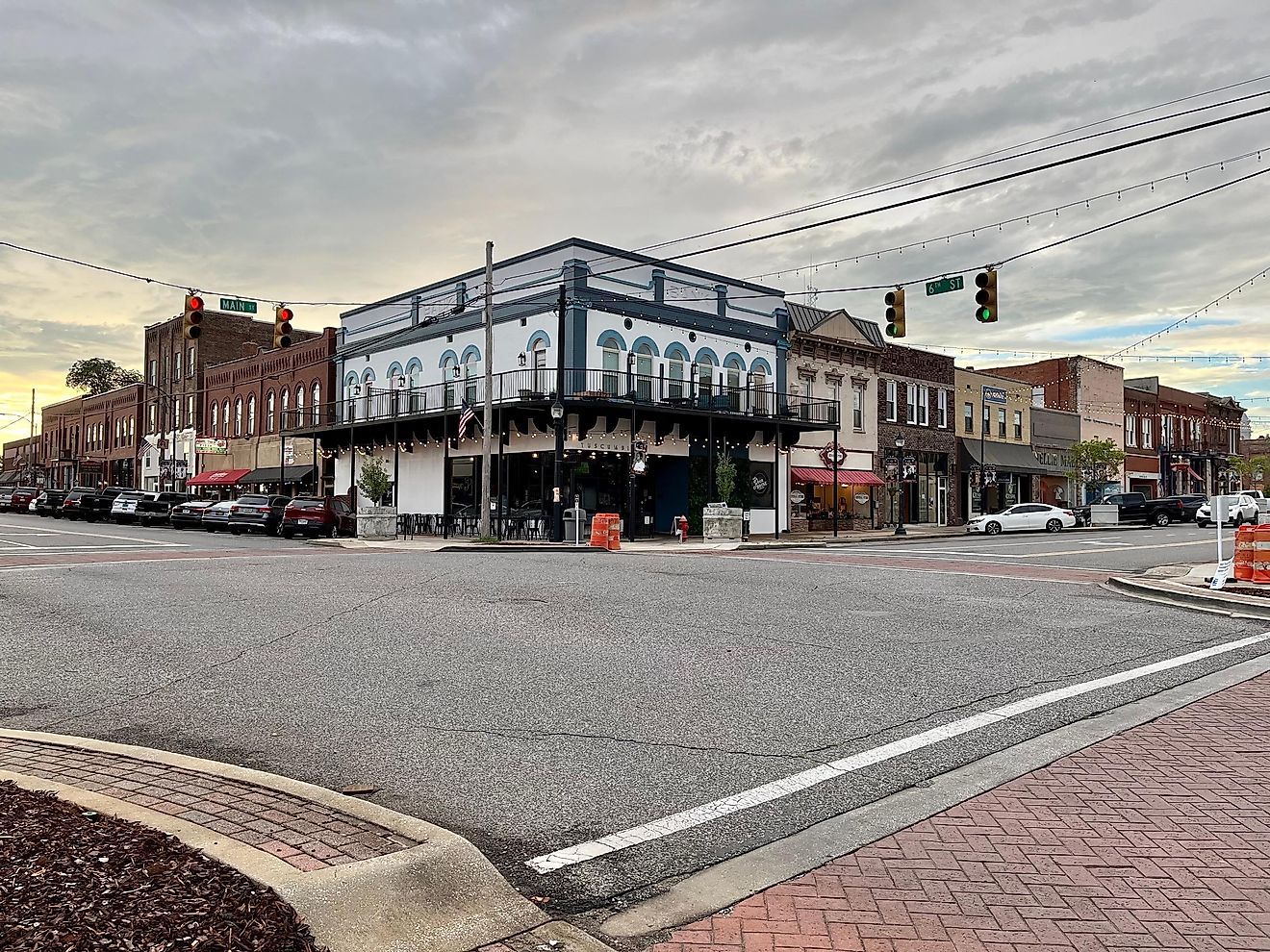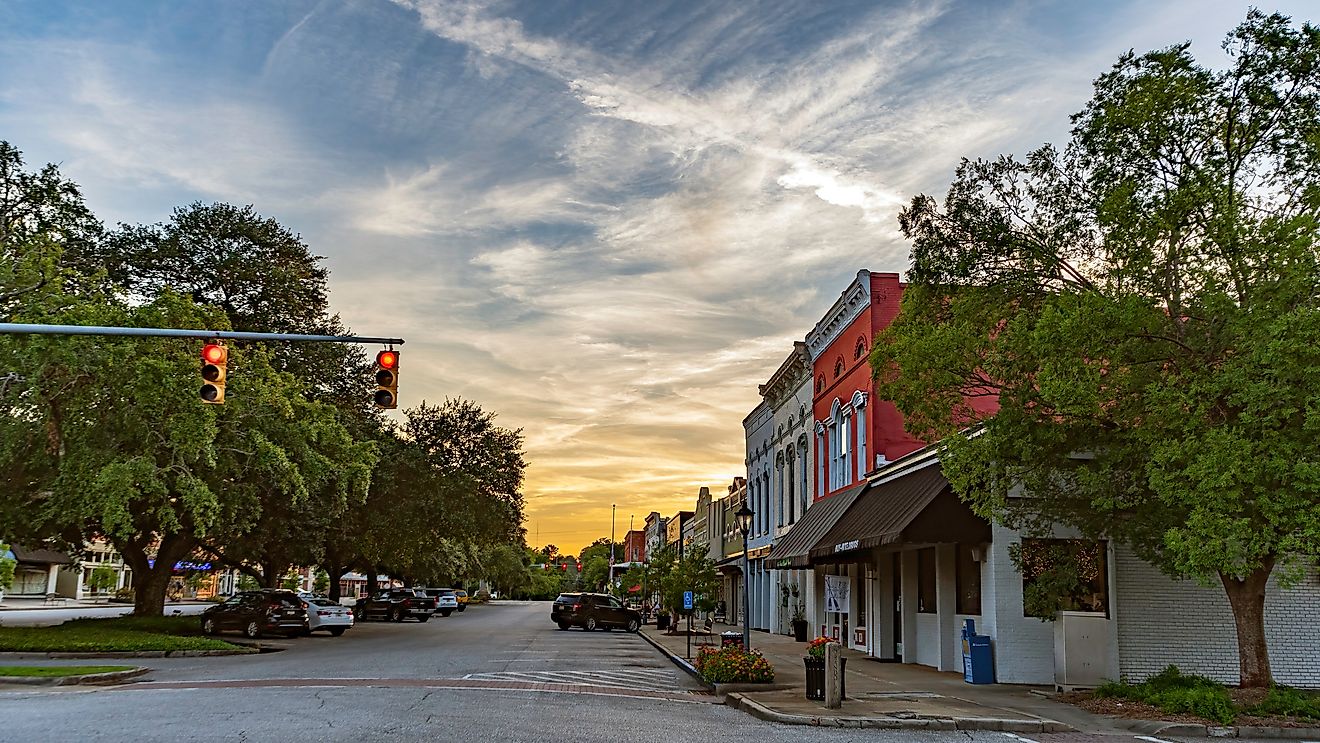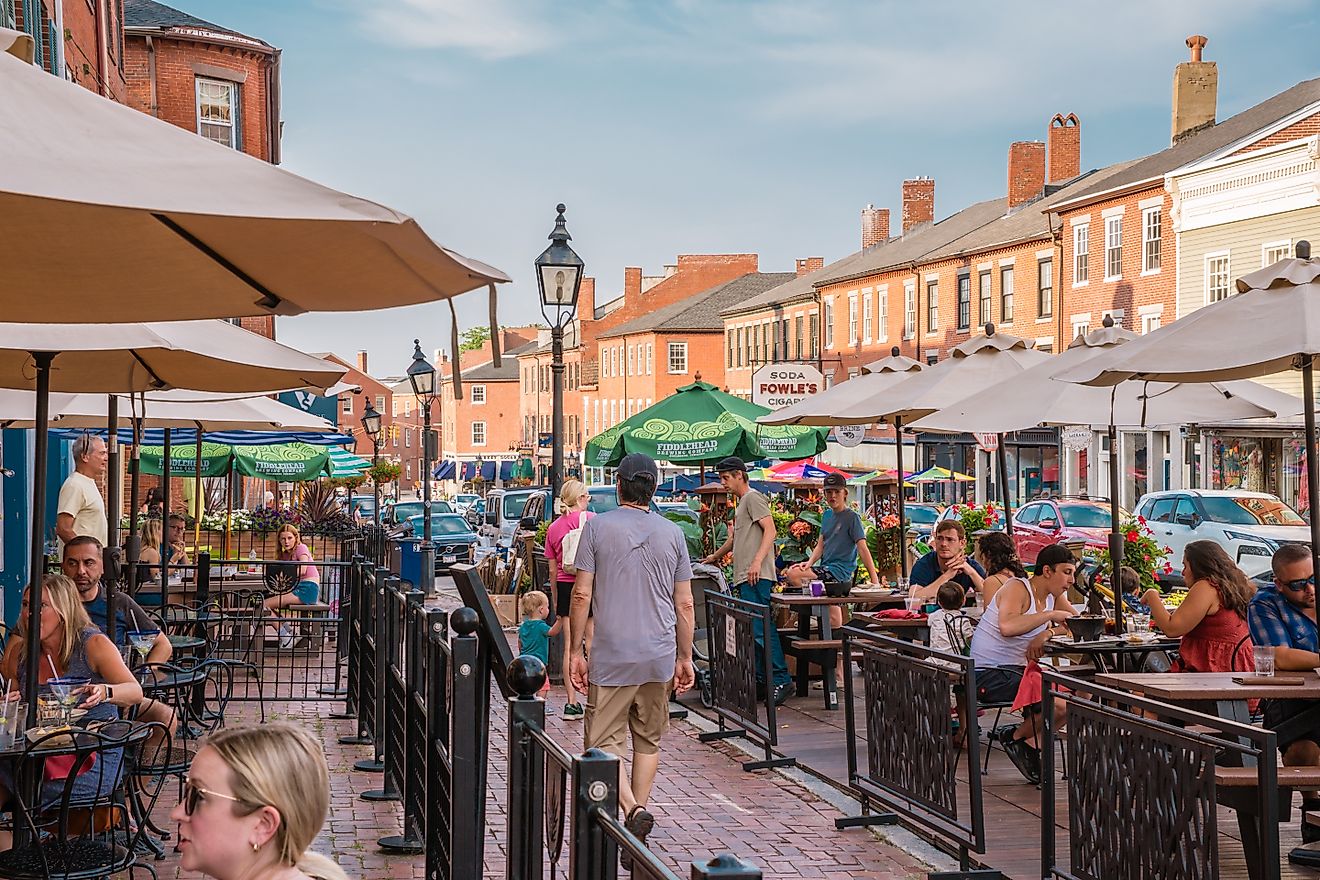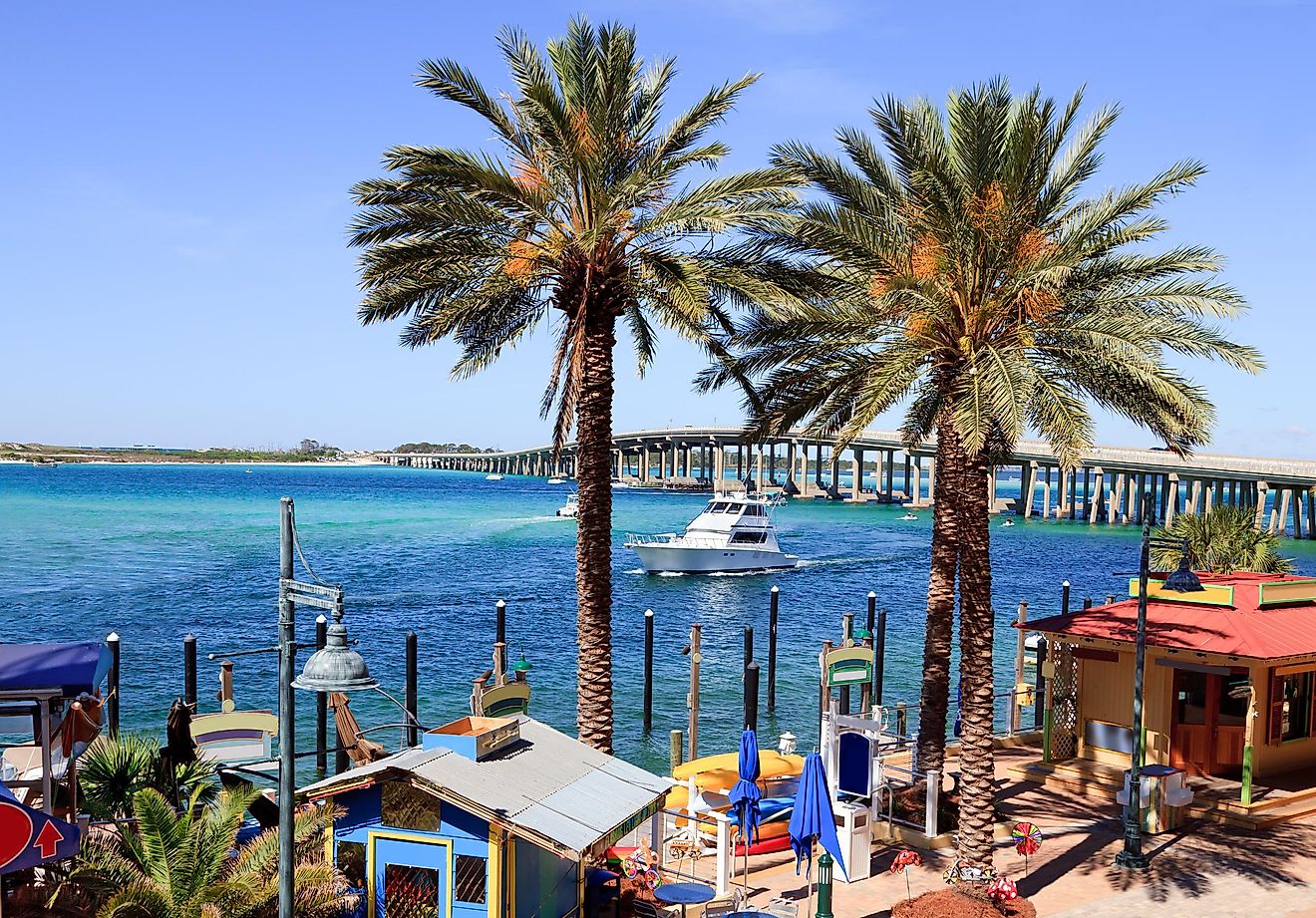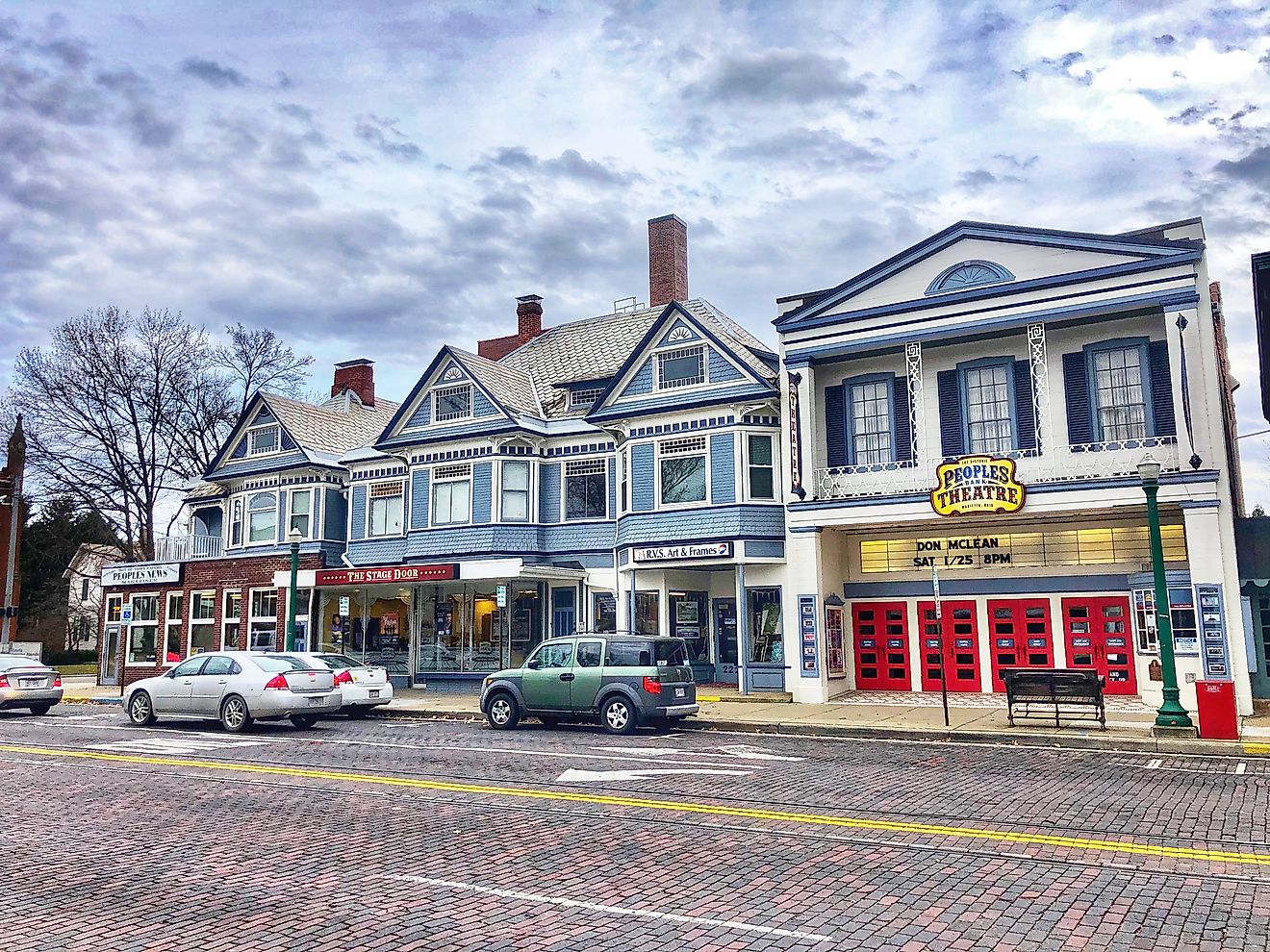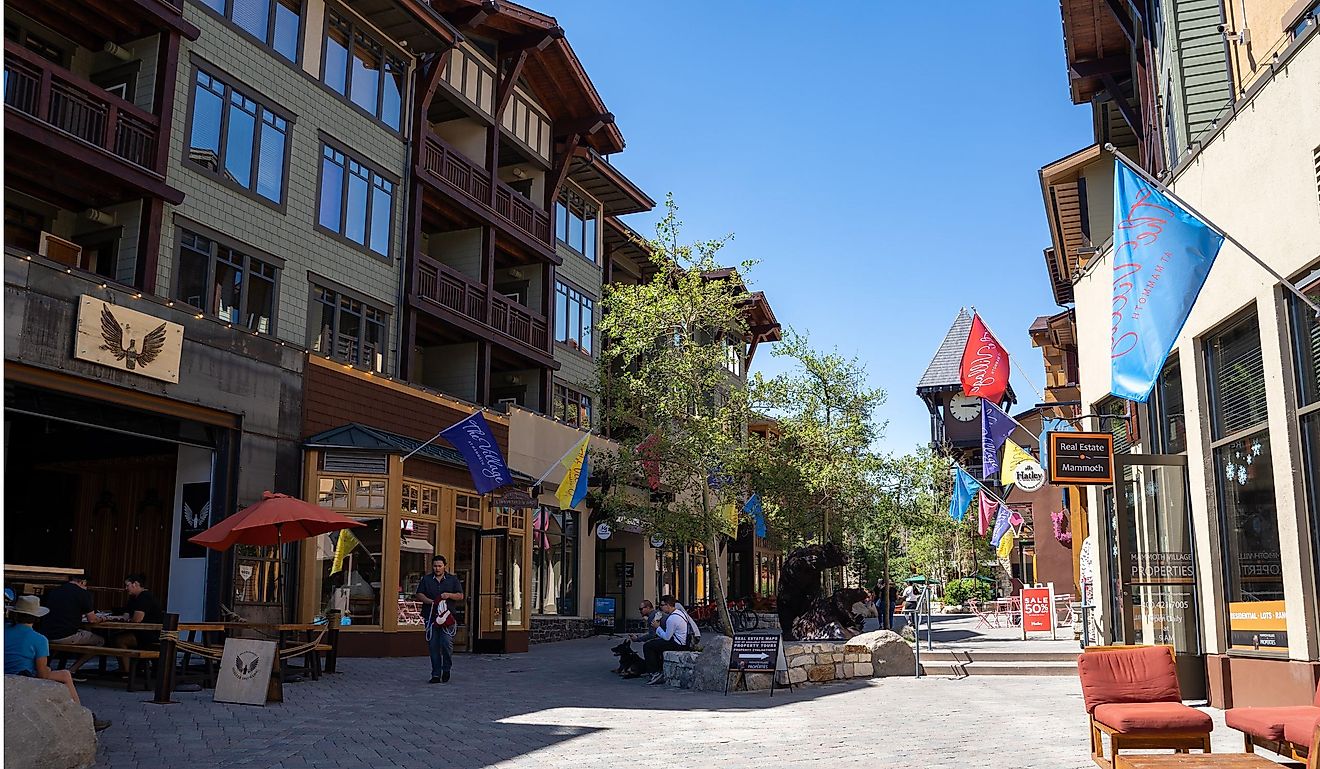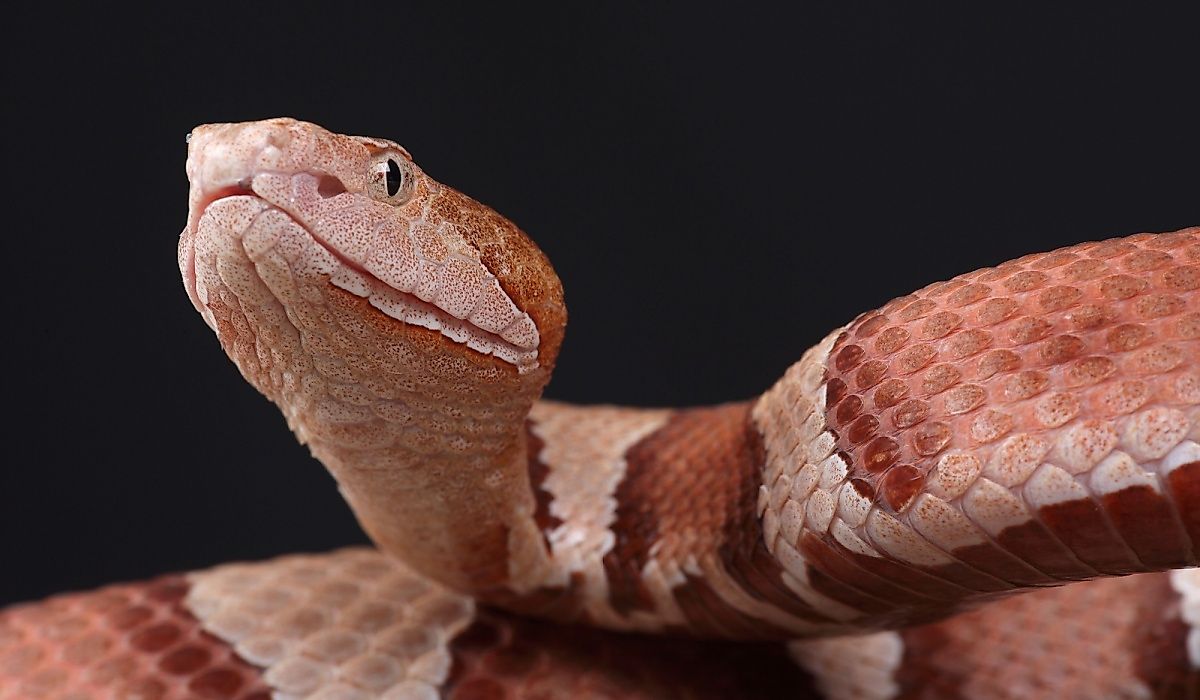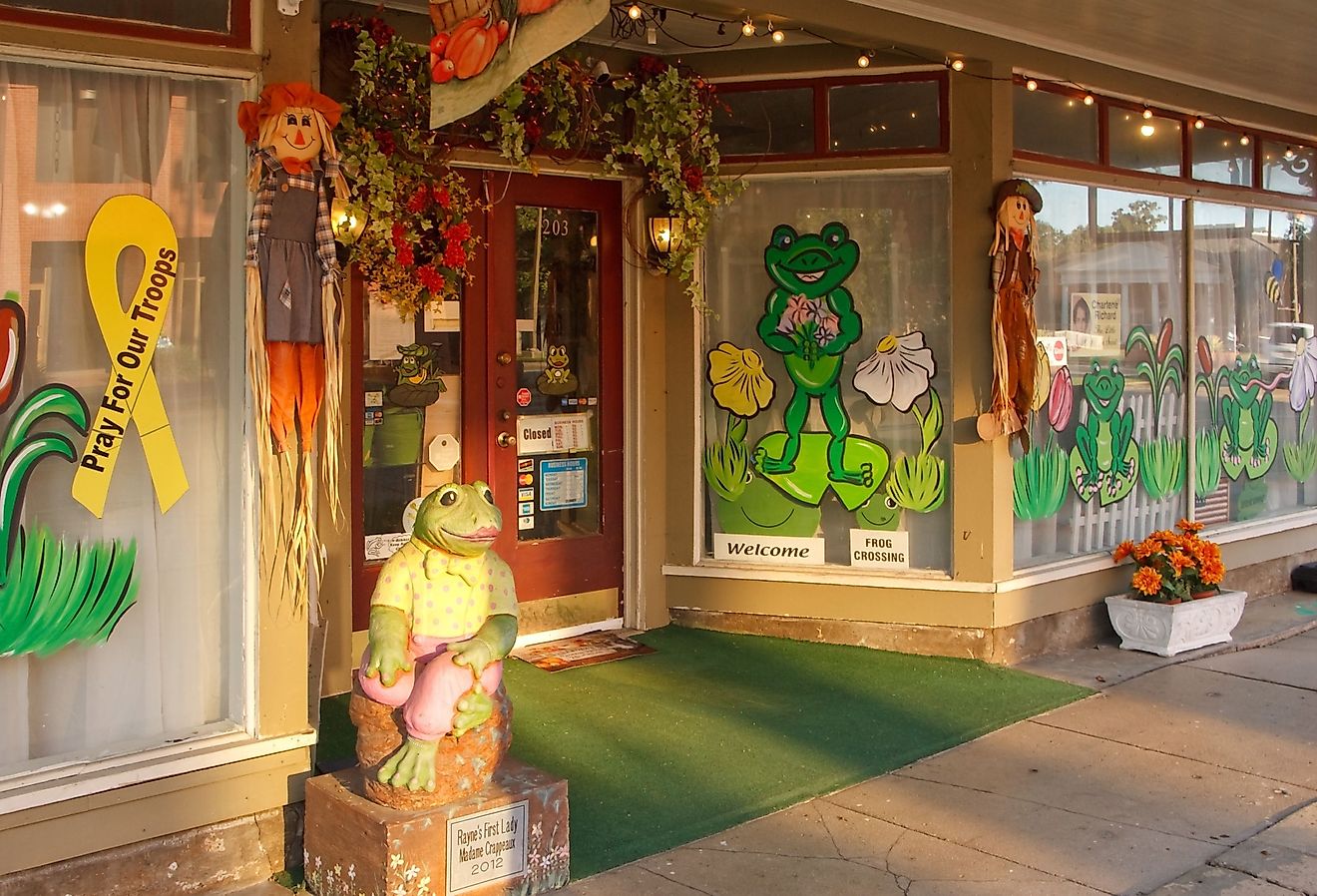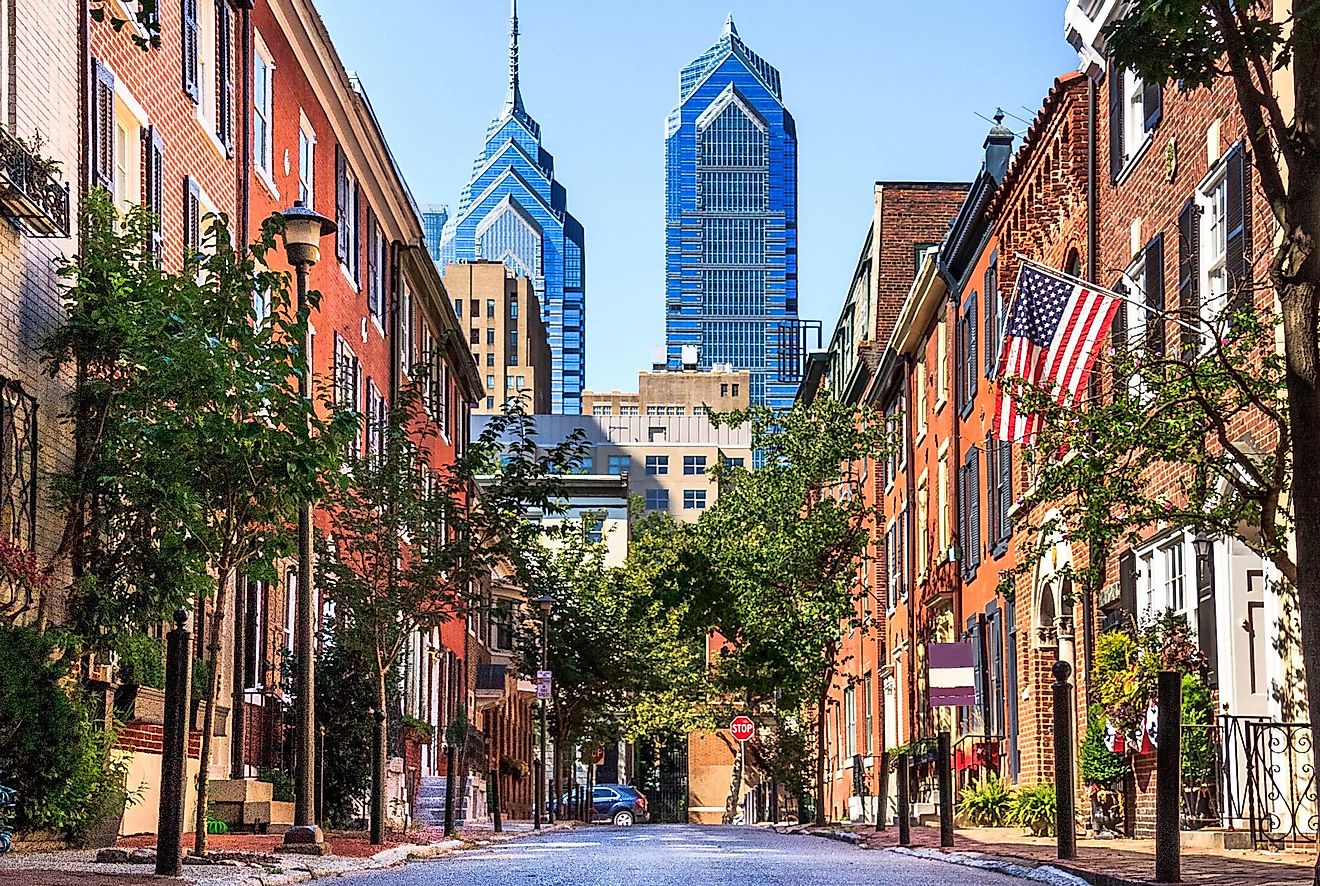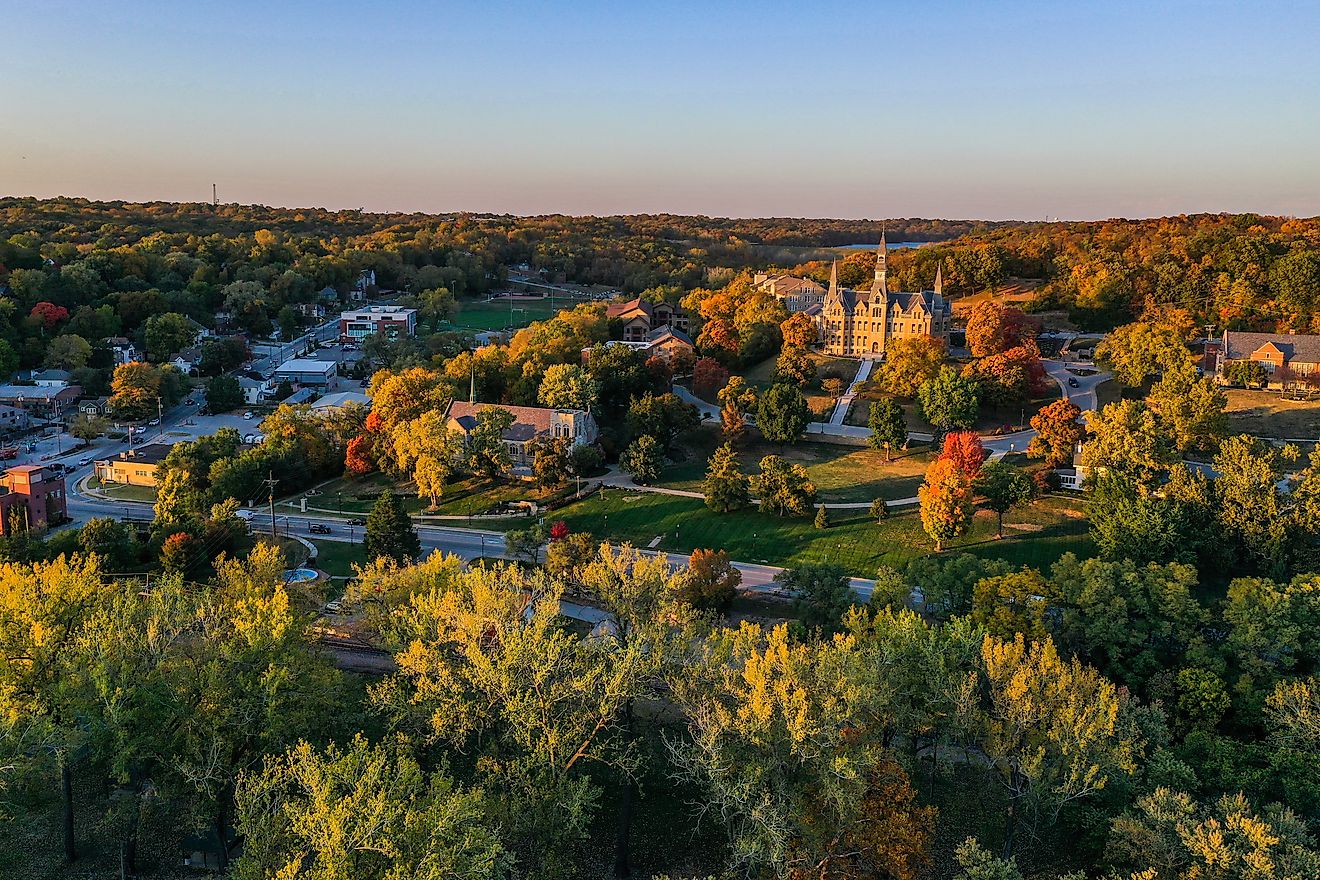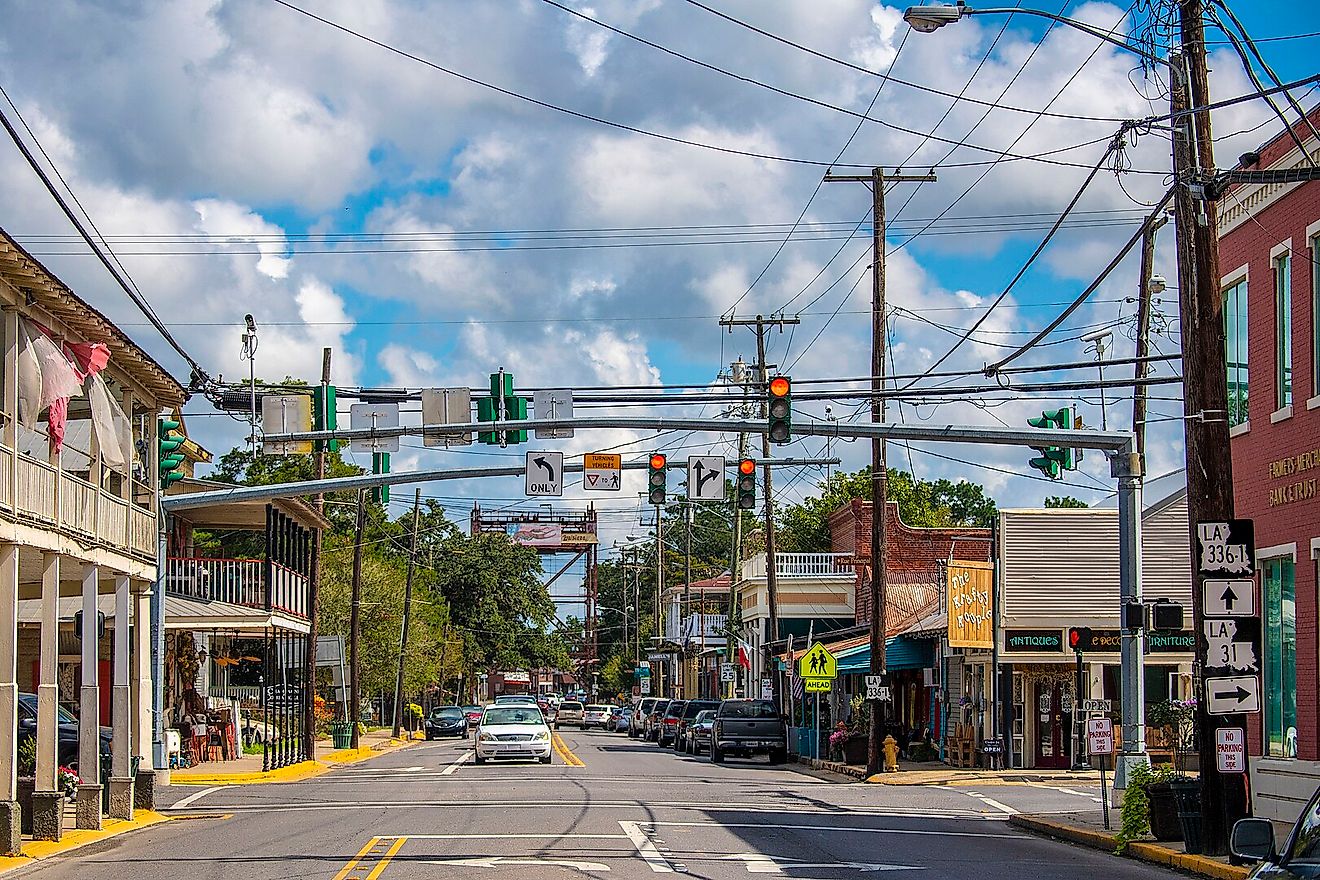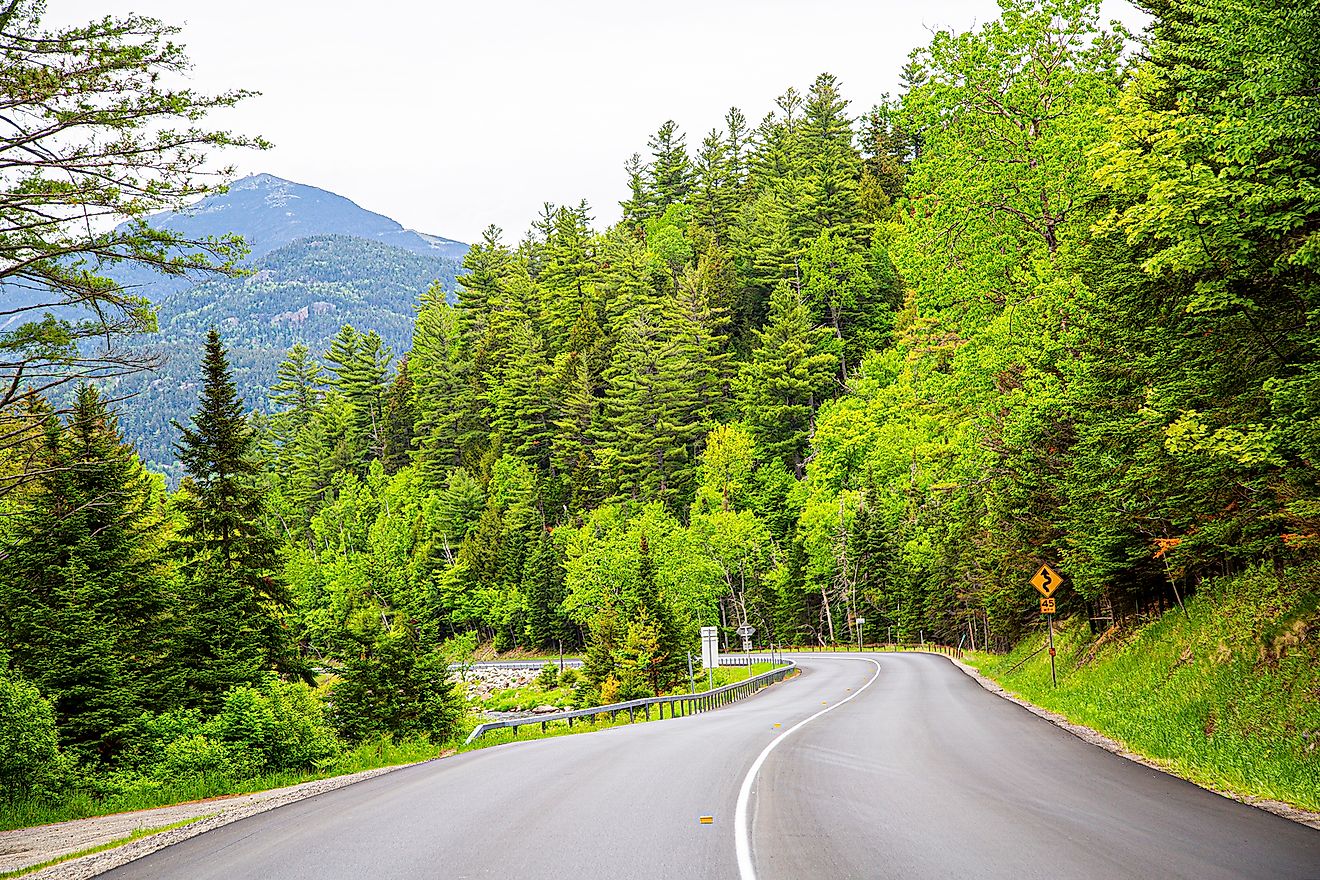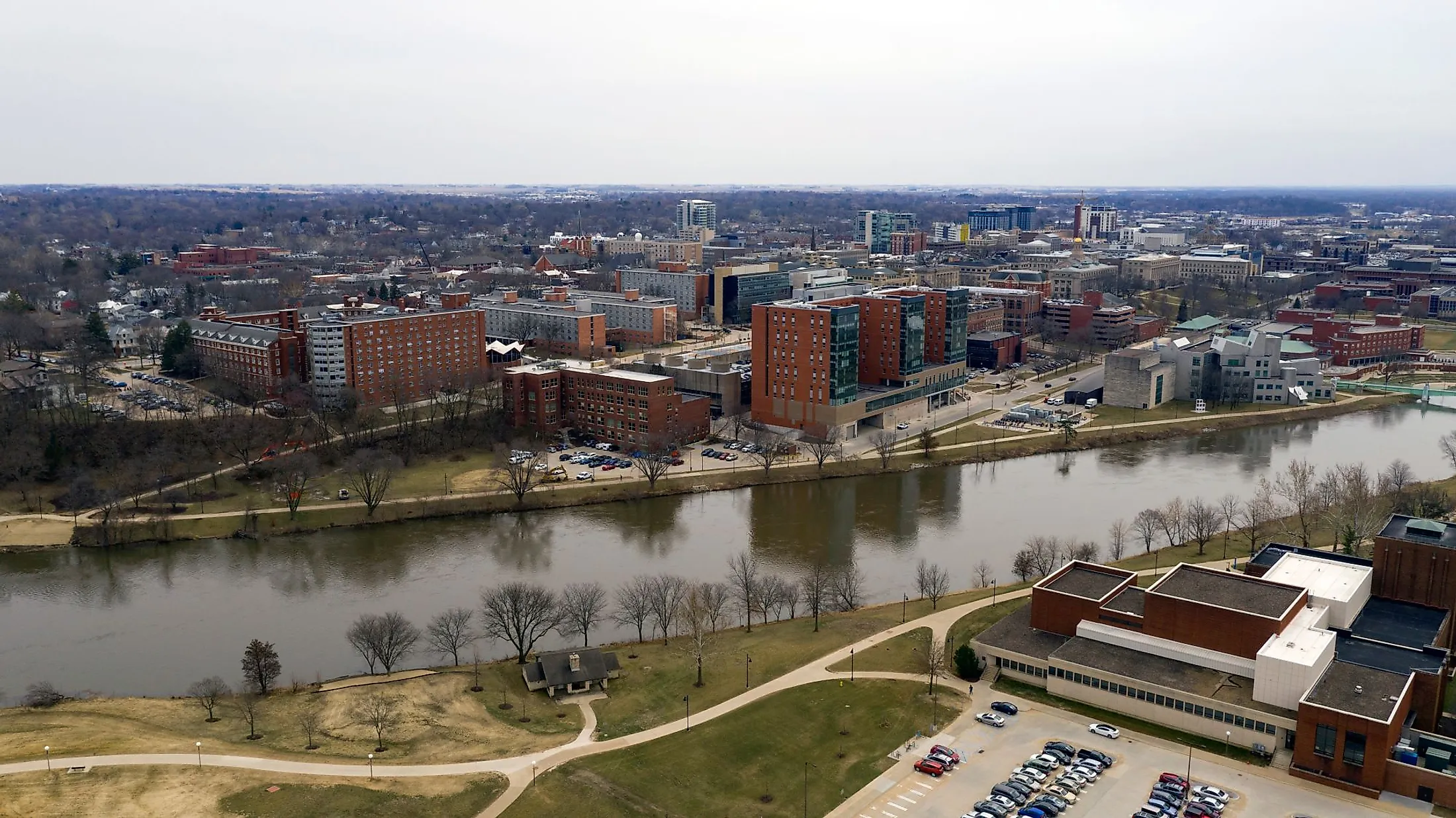
Iowa City, Iowa
In addition to being the first capital city of the US State of Iowa when it was founded in 1839, Iowa City also served as the second capital of the Iowa Territory. A well-known college town, Iowa City, is best recognized as the location of the University of Iowa. Iowa City serves as the state's culture, education, recreation, and arts hub. With numerous pubs, restaurants, boutique shops, and a renowned independent bookstore, the city also has a bustling, bike- and pedestrian-friendly downtown.
Geography And Climate Of Iowa City
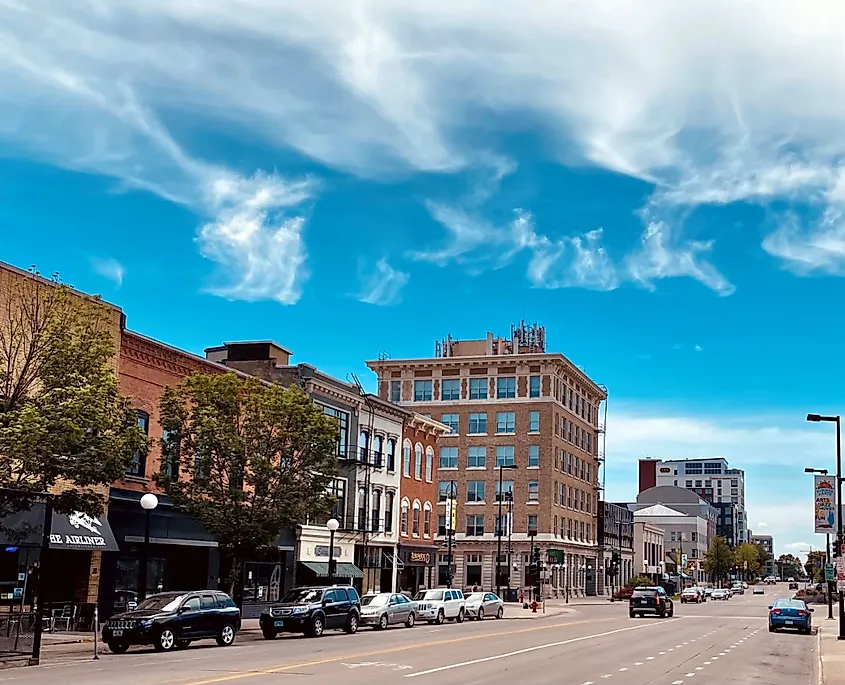
Iowa City is the administrative center of Johnson County, which is a part of the Iowa City Metropolitan Statistical Area. It is located 43 km south of Cedar Rapids. Coralville, the closest city, is 6.9 km away from Iowa City. University Heights, the nearest community, is located about 2.9 km away. Iowa City covers a total area of 67.83 sq. km, of which 66.43 sq. km is occupied by land, and 1.40 sq. km is covered by water.
As per the Koppen Climate Classification, Iowa City has a humid continental climate. The climate is primarily gloomy all year round, with long, hot, humid summers and cold, snowy, windy winters. The average yearly temperature fluctuates between 15℉ and 85℉, rarely falling below -4℉ or rising above 94℉. The year's hottest month is July, with an average daily high temperature exceeding 74°F. Having an average daily temperature of less than 41°F, January is the year's coldest month. The average annual precipitation for Iowa City is 37 inches of rain and 27 inches of snow.
Brief History Of Iowa City
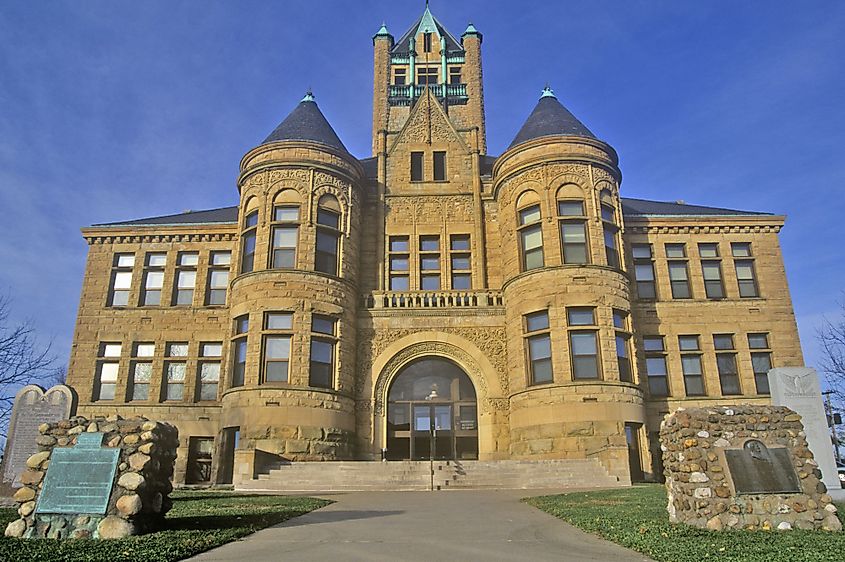
On January 21, 1839, the Legislative Assembly of the Iowa Territory passed an act establishing Iowa City, granting Governor Robert Lucas' wish to relocate the capital from Burlington, and more centrally inside the territory. Although Iowa City was chosen as the territorial capital in 1839, the city's official status as the capital didn't change until 1841, when work on the capitol building started. The state capitol was housed in the structure until 1857, when Des Moines became the new state capital. Iowa City ranked as the 13th-largest city in the state in 1900. Although it saw tremendous population expansion in the 1850s, after the state capital was moved to Des Moines in 1860, the rate of population increase declined.
The Population And Economy Of Iowa City
Out of 1,022 cities in Iowa, Iowa City has 76,222 residents, making it the fifth most populous city in the state. The population of Iowa City is currently rising at a rate of 0.92% annually. White (Non-Hispanic) (74.8%), Black or African American (Non-Hispanic) (8.51%), Asian (Non-Hispanic) (7.29%), White (Hispanic) (3.24%), and Two+ (Non-Hispanic) (2.47%) make up the top five ethnic groups in Iowa City. The poverty rate of Iowa City is 27.31%, with an average household income of $70,123. The median rental cost during the past few years is $976 per month, while the median price of a home is $223,900. In Iowa City, the median age is 26.5 years, 26.7 years for men and 26.2 years for women.
Light manufacturing and farming contribute to the city's economy, which the university and its medical facility support. The University of Iowa, which is regularly cited as one of the greatest public colleges in the country, is the center of daily life in Iowa City, which is widely acknowledged as one of the nation's most educated communities. The institution, which enrolls more than 30,000 students, significantly impacts Iowa City's culture and economics. The town's largest employers include the educational service providers ACT and Pearson, as well as the university and its teaching hospital.
Top Attractions In And Around Iowa City
Old Capitol Museum
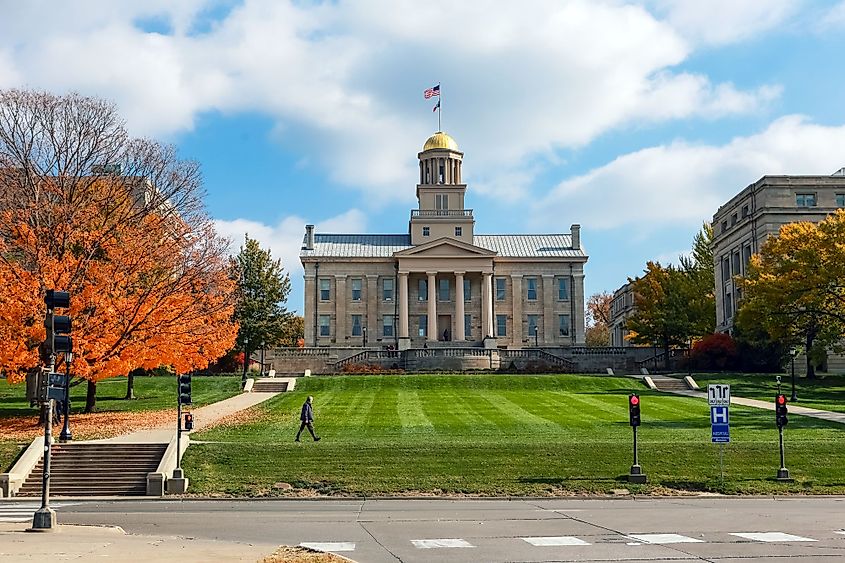
The structure that housed Iowa's state government from 1846 to 1857 is located in the center of the University of Iowa campus. The Old Capitol, a US National Historic Landmark, has a Greek Revival style with a distinctive dome that can be seen on the University of Iowa's logo. This landmark has held a museum since 1976; and underwent a renovation in the early 2000s. The galleries are on the ground floor and feature immersive hands-free displays covering various subjects, including the humanities, sciences, building history, university history, and Iowan history.
Coralville Reservoir
Within a 15-minute drive of Iowa City, there is a sizable impoundment of the Iowa River called the Coralville Reservoir. Although the reservoir's primary function is flood control, the region is best recognized for its wealth of recreational opportunities. Boating, fishing, and swimming are all permitted at specified beaches around the lake.
Hickory Hill Park
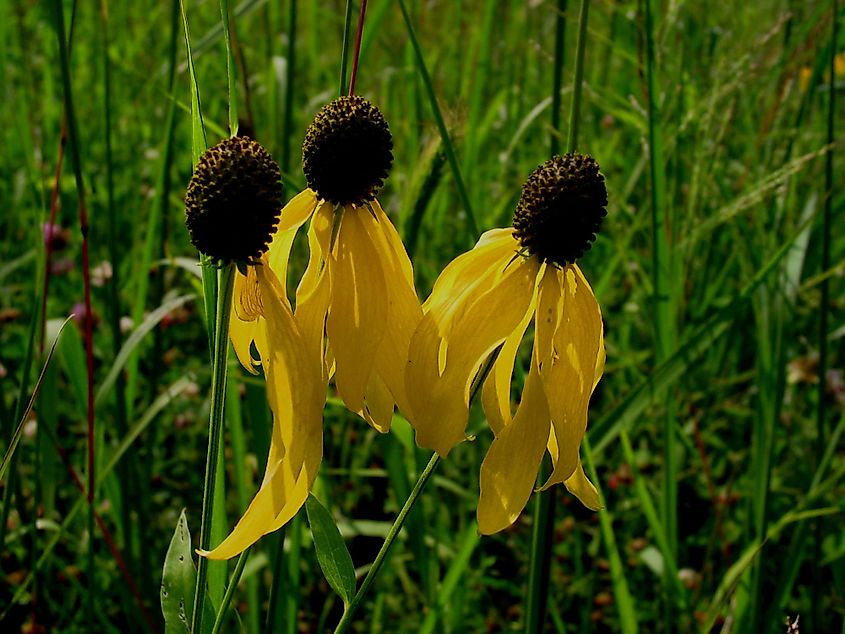
A lovely park recognized for its natural characteristics is situated on East Bloomington Street. Its 723 acres are made up of abandoned farms, prairie, wetlands, and woodlands, as well as the intriguing Ralston Creek and other nearby streams. Due to its abundance of walking pathways, water fountains, grills, picnic tables, and shelters, the park can be used for leisure activities.
Downtown Iowa City
One of Iowa City's key assets is its downtown, which is home to many independent stores, eateries, and bars, in addition to first-rate entertainment options, hotels, and businesses. Some places have been around for 80 years or longer, such as The Airliner pub and pizza. The Pedestrian Mall, which was designed as a part of the city's urban regeneration effort in 1979, is one of the distinctive features of the downtown. In the summer, when there are free concerts on Friday nights and events like the Iowa City Jazz Festival in July and the Iowa Arts Festival in August, this public art-filled area is a fun place to be.
Englert Theatre
Englert Theatre, a 725-seat performance venue and community arts center, is a renovated vaudeville theater. One of Iowa City's best locations for live entertainment and performances is this theater, which is situated on East Washington Street. It features a range of live events, from secluded musical performances to belly-laughing stand-up routines. The mission of Englert Theatre is to promote and ignite positive community development via the arts. Whether it's a comedy, dancing, drama, live music, or neighborhood gathering, there's always something going on here.
Kinnick Stadium
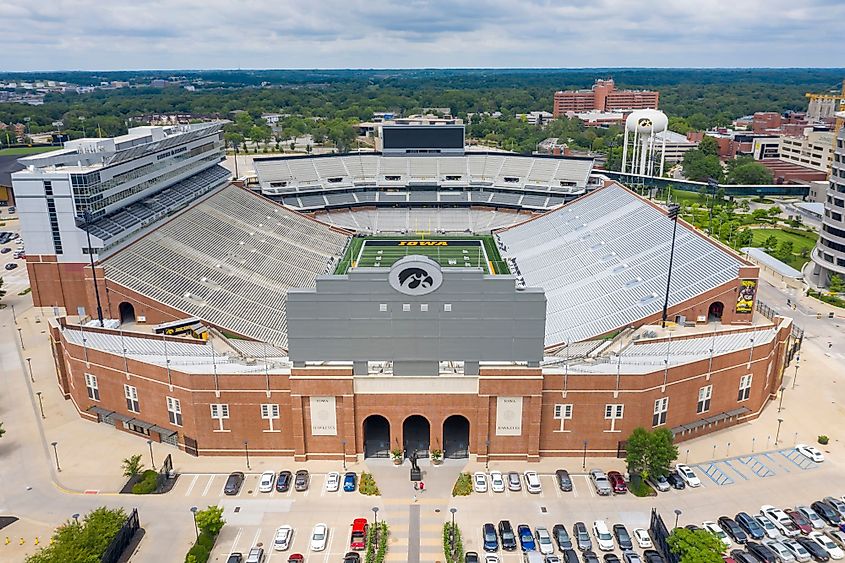
Kinnick Stadium, situated along Stadium Drive, was constructed in 1929 to replace Iowa Field. It was built between 1928 and 1929 in less than a year. With a maximum capacity of 69,000, Kinnick Stadium is the seventh-largest stadium in the Big Ten. It ranks among the top 20 stadiums in the nation that are owned by colleges. The Iowa Hawkeyes, the football team for the University of Iowa, play their home games in this stadium.
There are several academic and cultural attractions in Iowa City. It has the same creative vibe as the eastern border of Iowa. Numerous well-known writers have called the city home, earning it the designation of UNESCO City of Literature. Try to visit the museums of art and natural history while in Iowa City and take a lovely literary stroll for some cultural pleasures. Take inspiration from this list of Iowa City's attractions as you plan your vacation!
